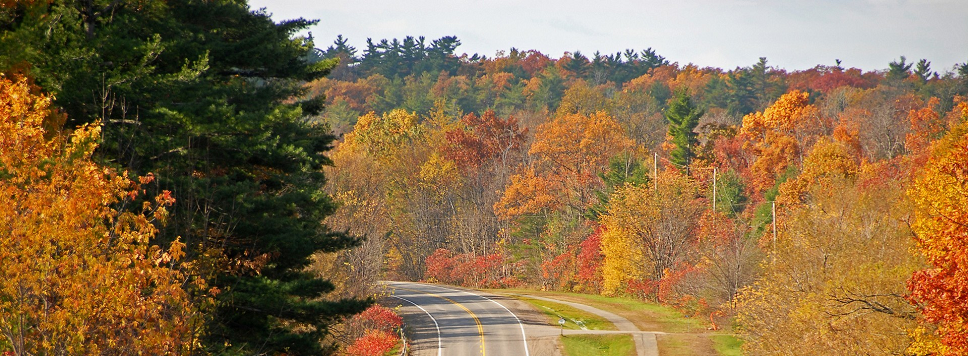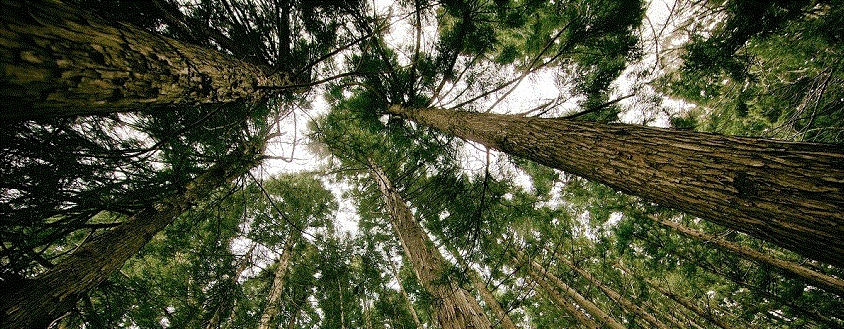Trees
Tree Rings
A German oak-pine, carbon dated to around 12,000-plus years has provided a timeline for use of wood for last 7000 years in Europe, dating (6000 B.C) back to the Neolithic stone age when agriculture first started in Europe. Early Neolithic farming communities settled around water sources and used wood for construction because it was easy to use and construct. Neolithic people used wooden posts for their dwellings were preserved through time. The earliest dendrochronologically dated pile dwelling, located in Lake Murten, in Switzerland, was constructed of oaks that were felled between 3,867 and 3,854 BCE. They used wood for dwelling and pathways. Sweet Track, the oldest known pathway, the Sweet Track, was a wooden walkway, more than a mile long. The early settlers used 300-year-old oak trees for well linings from the oak.The oak found in the water wells used as lining dated back to 5,206-5,098 BCE. Tree ring researchers in Switzerland used the tree-ring data of Roman-era samples to reconstruct the climate in central Europe over the past 2,500 years.

Vegetation Filters Harmful Particulates from Air
Barbara Maher, an environmental researcher at the University of Lancaster in the UK, ran a study at four primary schools set along busy streets in nearby Manchester, set up expensive air quality monitoring equipment. They installed the plants, she calls tredges, a combination of trees and hedges—as a tool to combat a public health emergency: particulate matter pollution, which studies have tied to premature death, mainly via its effects on the heart, lungs, and vascular system. In her own research, Maher has found the pollutants embedded deep in human tissues. She and others have found that leaves pick up and store particulates from the air. And when she and colleagues lugged potted silver birch trees to the edge of a busy road near their campus in Lancaster, they saw levels of particulate pollution inside the houses just behind the trees drop by more than 50 percent. While they’re no substitute for reducing emissions themselves, Maher says, tredges could be “an interim measure that can actually make a measurable difference almost straight away.”

Smells of Nature Lower Physiological Stress
Tall trees with thick, lush canopies,with slight breeze blowing, birds are singing, and there’s a faint smell of forest—mostly fir trees and mushrooms. For a moment, people experiencing the scene may forget they’re in a research lab in Sweden helping scientists run an experiment to test how the natural environment affect physiological stress. There’s a consensus among researchers that being in nature contributes to good physical and mental health, says Marcus Hedblom, an ecologist at the Swedish University of Agricultural Sciences who helped run the virtual reality experiment. Research has shown that viewing natural scenes can lower heart rate and restore focus, both of which are important for combatting physical and mental health disorders. Previous studies found that listening to clips of multiple bird species singing in an urban area had a stronger positive effect on people’s perception of the space. Hedblom and his colleagues hypothesized that an environment with rich biodiversity would reduce stress faster.
Call now at +1-773-202-4700 and get 15% discount!
We truly care about our users and our product.
PURCHASE NOW